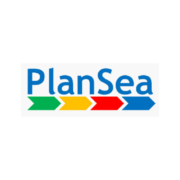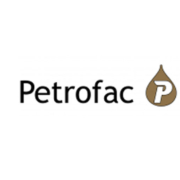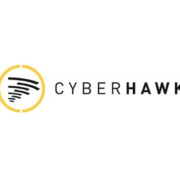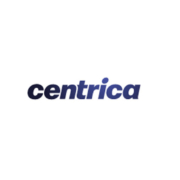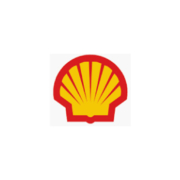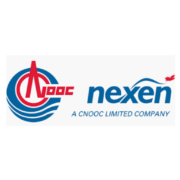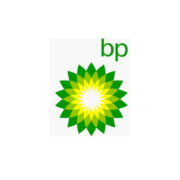PlanSea Limited- Cost reduction of UKCS marine support operations through efficient fleet scheduling
Submitted by PlanSea Limited
Impact
- The study has shown that there is potential to improve the efficiency of the vessel fleeting arrangements by moving to a schedule where vessels service multiple locations.
- This has the potential to reduce considerably the number of vessel days procured through the efficiencies which in turn will offer cost savings.
- More work is required to validate the scale of actual savings.
- improved data management has the potential to greatly enhance operations control and oversight of KPIs
- Reduced overall vessel time at sea will enhance Health, Safety and Environmental impacts
- Additionally the software has the potential to impact positively on operations where the assets have a more diverse geographical spread and where fleeting decisions are more complex.
Description of Best Practice
Marine support constitutes a large part of the OPEX budget. Any savings realised translate into lower lifting costs, which in turn can support extended field life and, in some cases, new field viability.
A single Platform Supply Vessel (PSV) can cost around £3.5M in annual charter fees, with fuel and port costs adding substantially to the overall cost. There are circa 250 PSVs in the North Sea, circa 1500 PSVs globally.
There is enormous complexity involved in planning and scheduling material for offshore. This means that many operations simplify the process by “fixing” sailing schedules well in advance, forcing other schedules to work around these fixed points. At present, there are very few decision support tools in this area that could help break this logjam.
Nexen Petroleum UK Ltd commissioned PlanSea, a spin-out from The Robert Gordon University (RGU), to examine their UKCS operations to determine whether recent developments in machine learning and optimization could impact positively on their marine support costs.
The study used PlanSea scheduling software to reschedule 65 weeks of recent historical operational offshore support activity under realistic and pessimistic assumptions and using the same data and core fleet. The outcomes were compared on KPIs with the results of actual operations.
Features of the PlanSea scheduling software include :
- maximising vessel utilisation and efficiency through optimised scheduling
- right-sizing” vessel fleets
- minimizing spot market (short term hire) exposure
- supporting vessel sharing/collaboration schemes (in line with the recent Wood Report)
- managing operational information including strong interoperability with enterprise information systems
- minimising time at sea (thus minimising health, safety & environmental risk)
Contact: Jim Cargill
jim@plansea.co.uk

